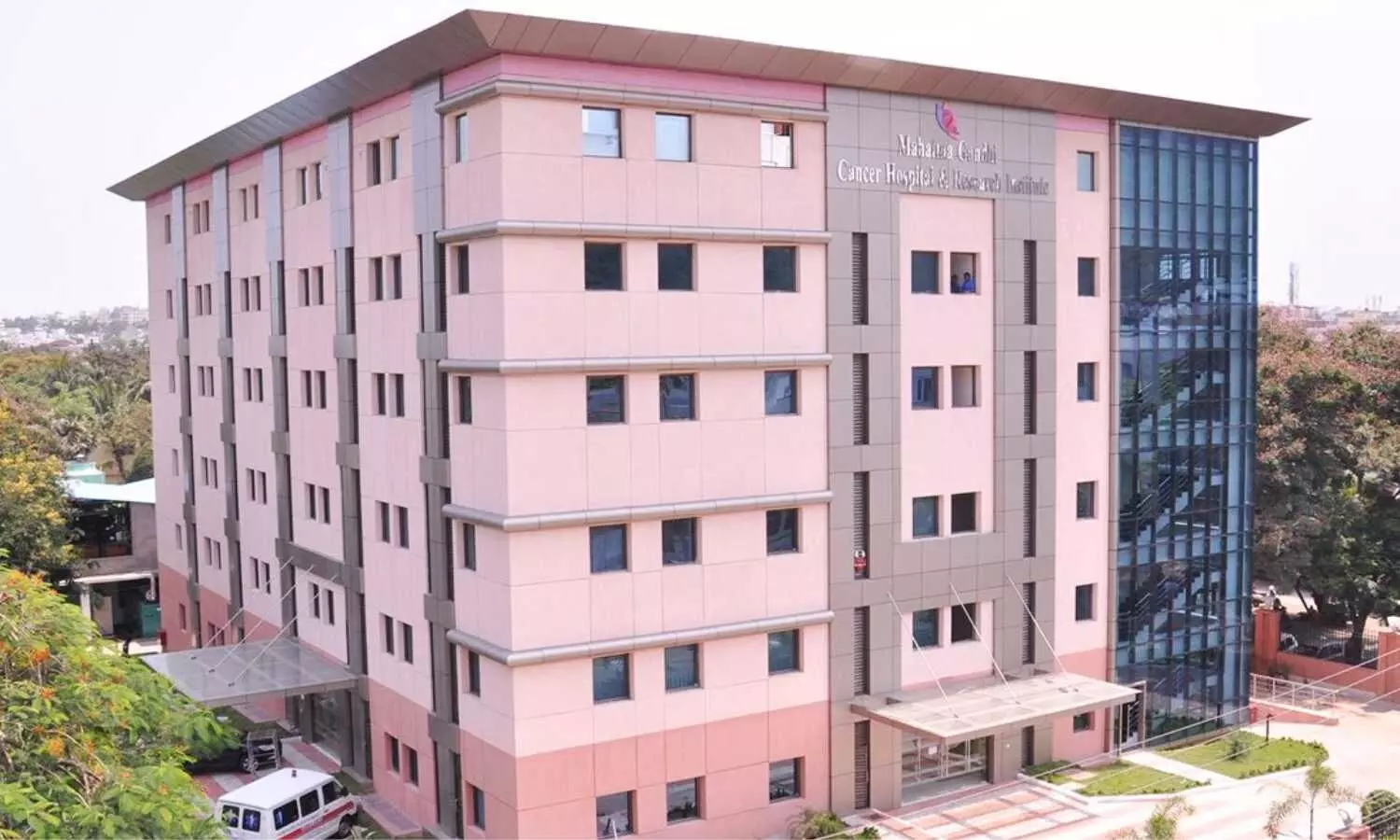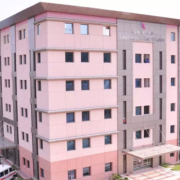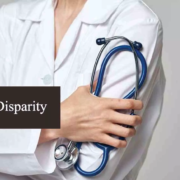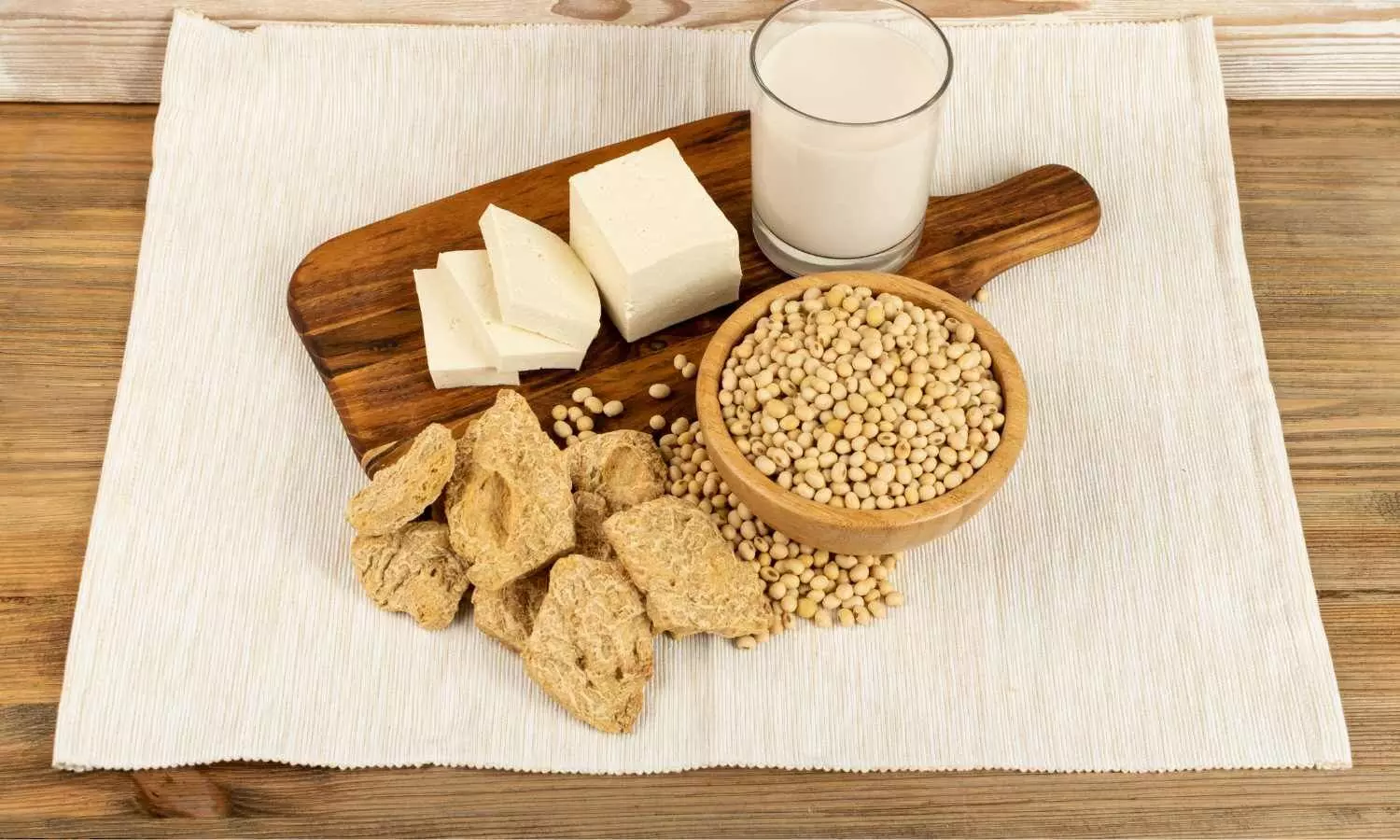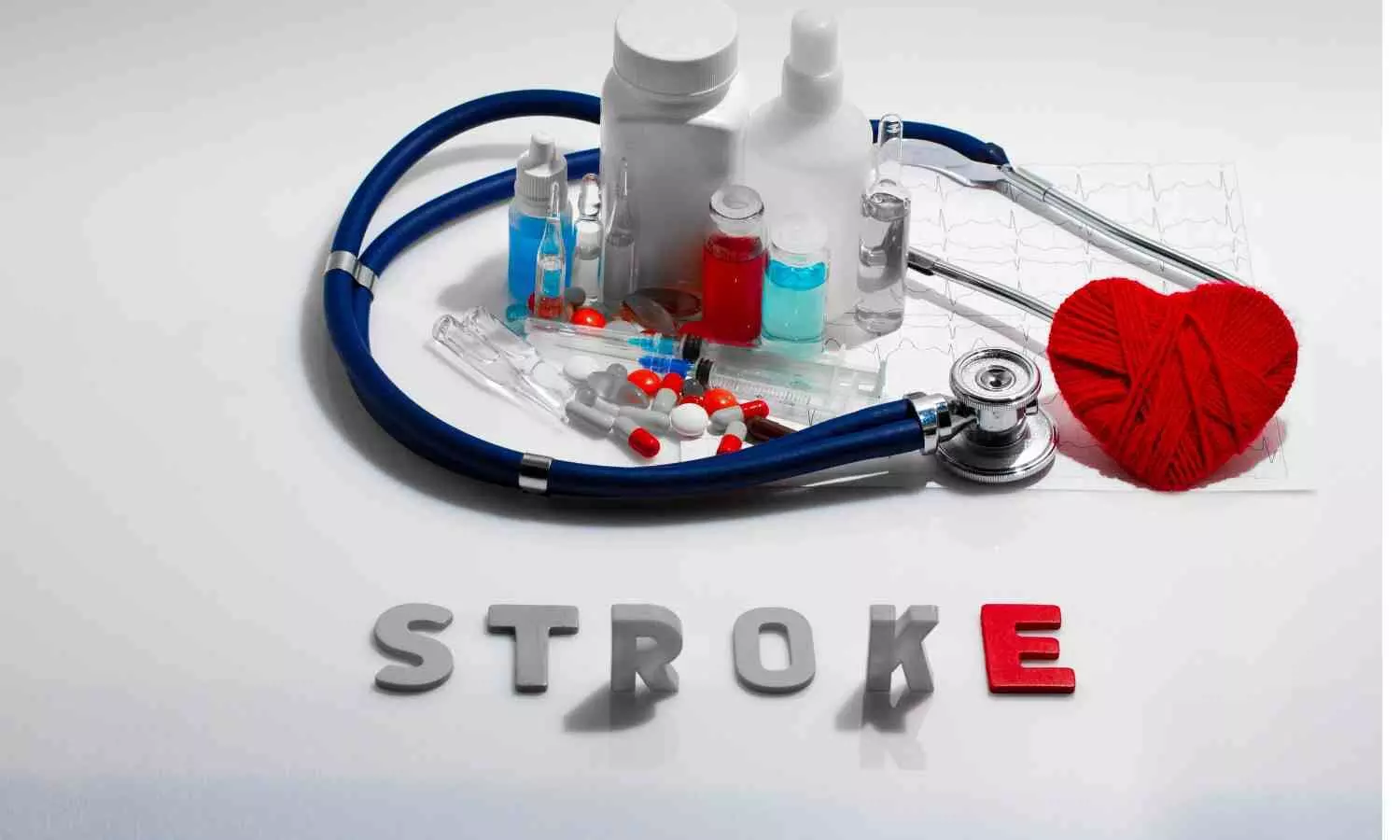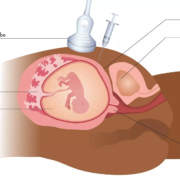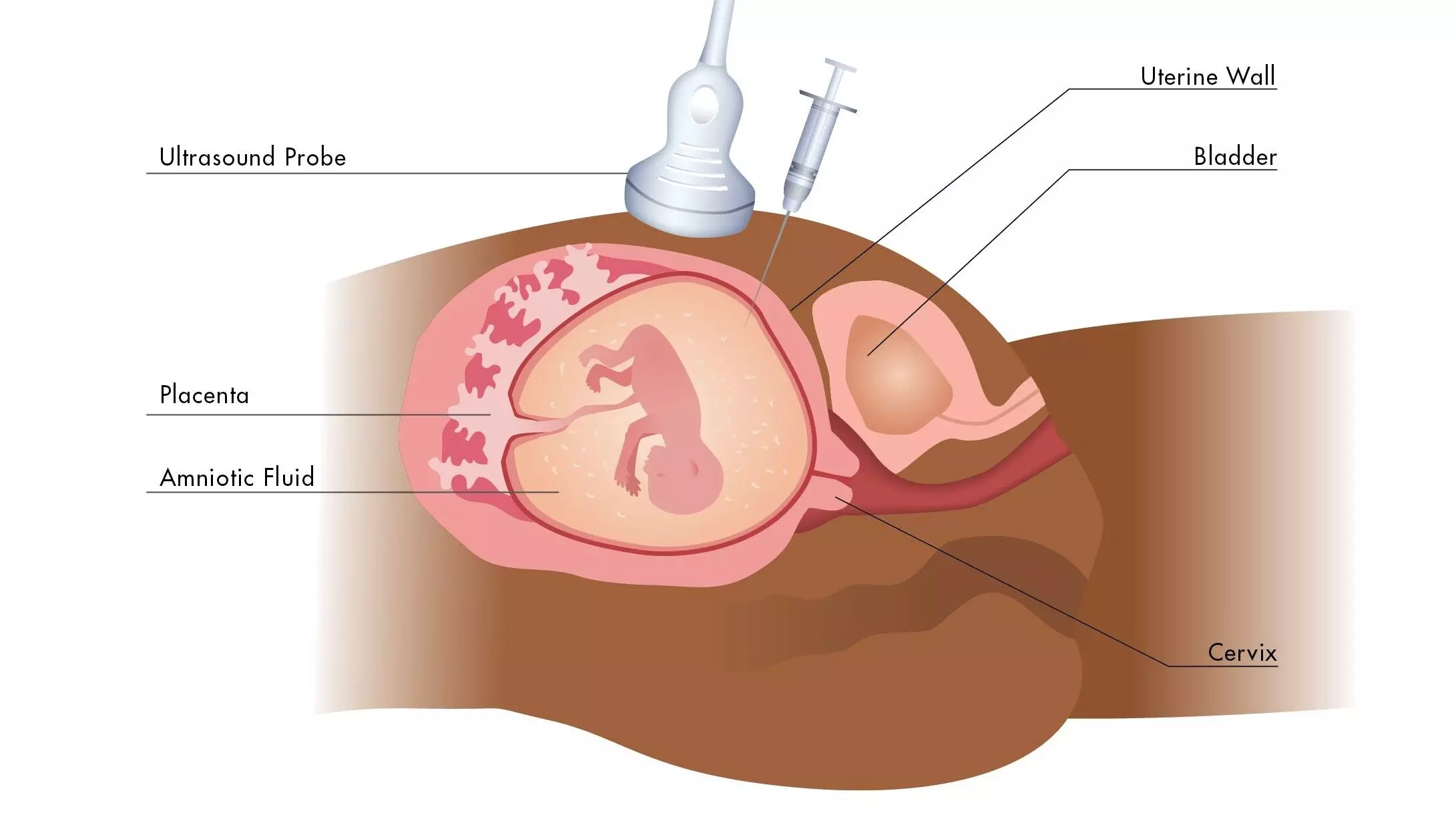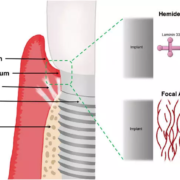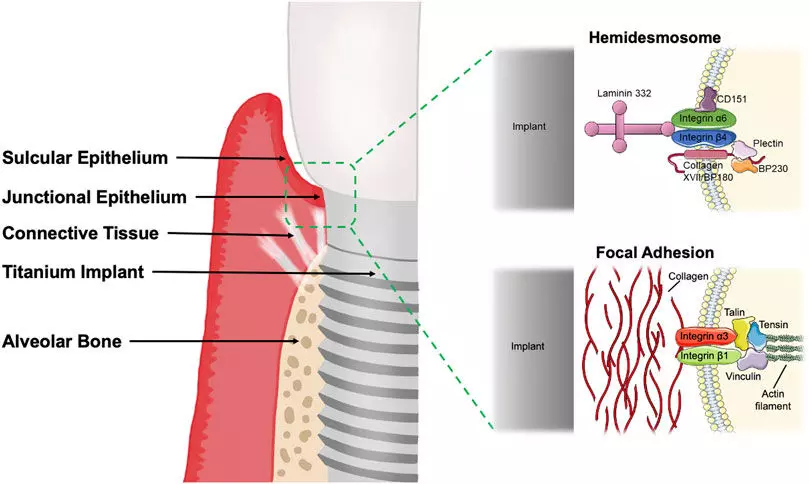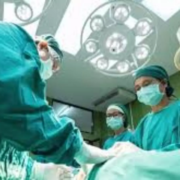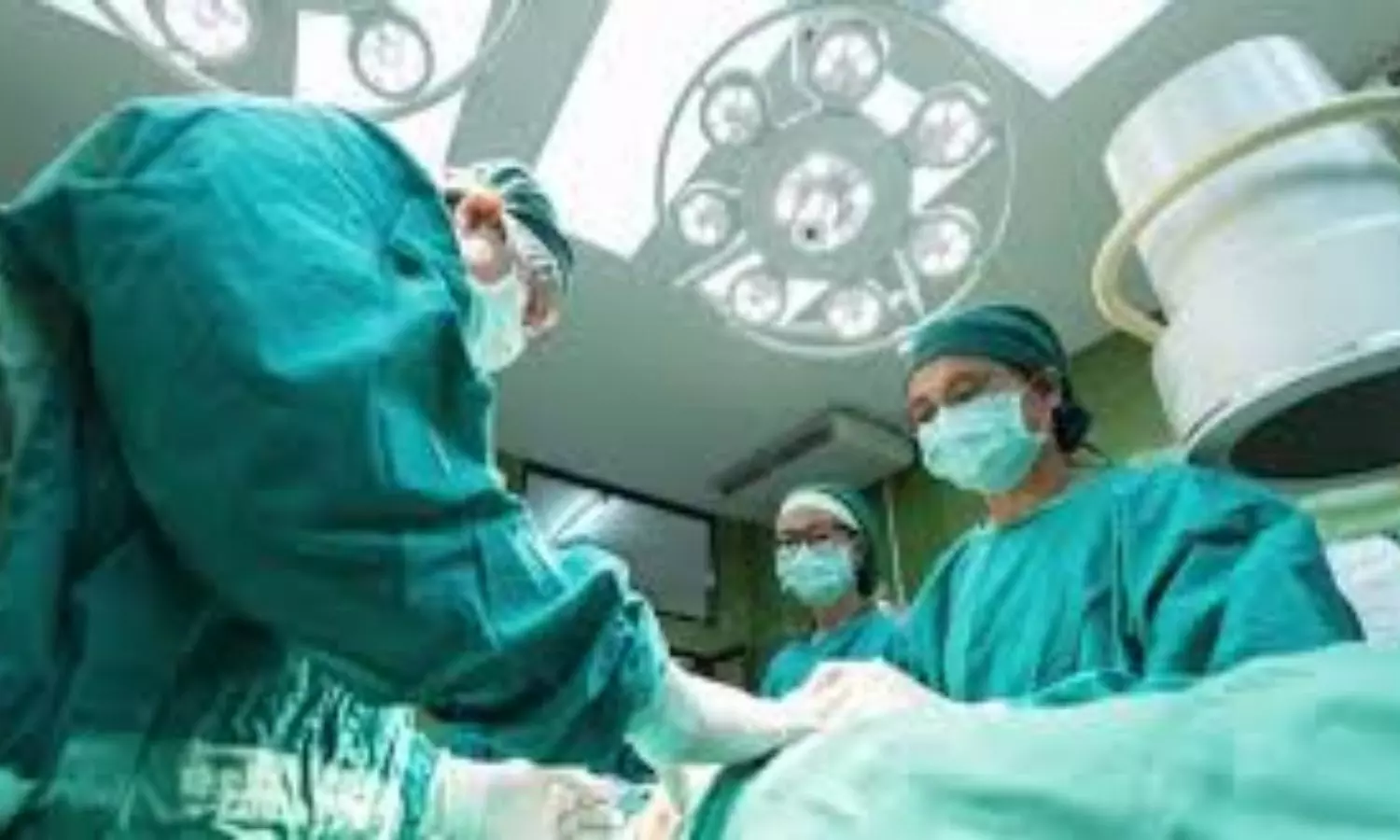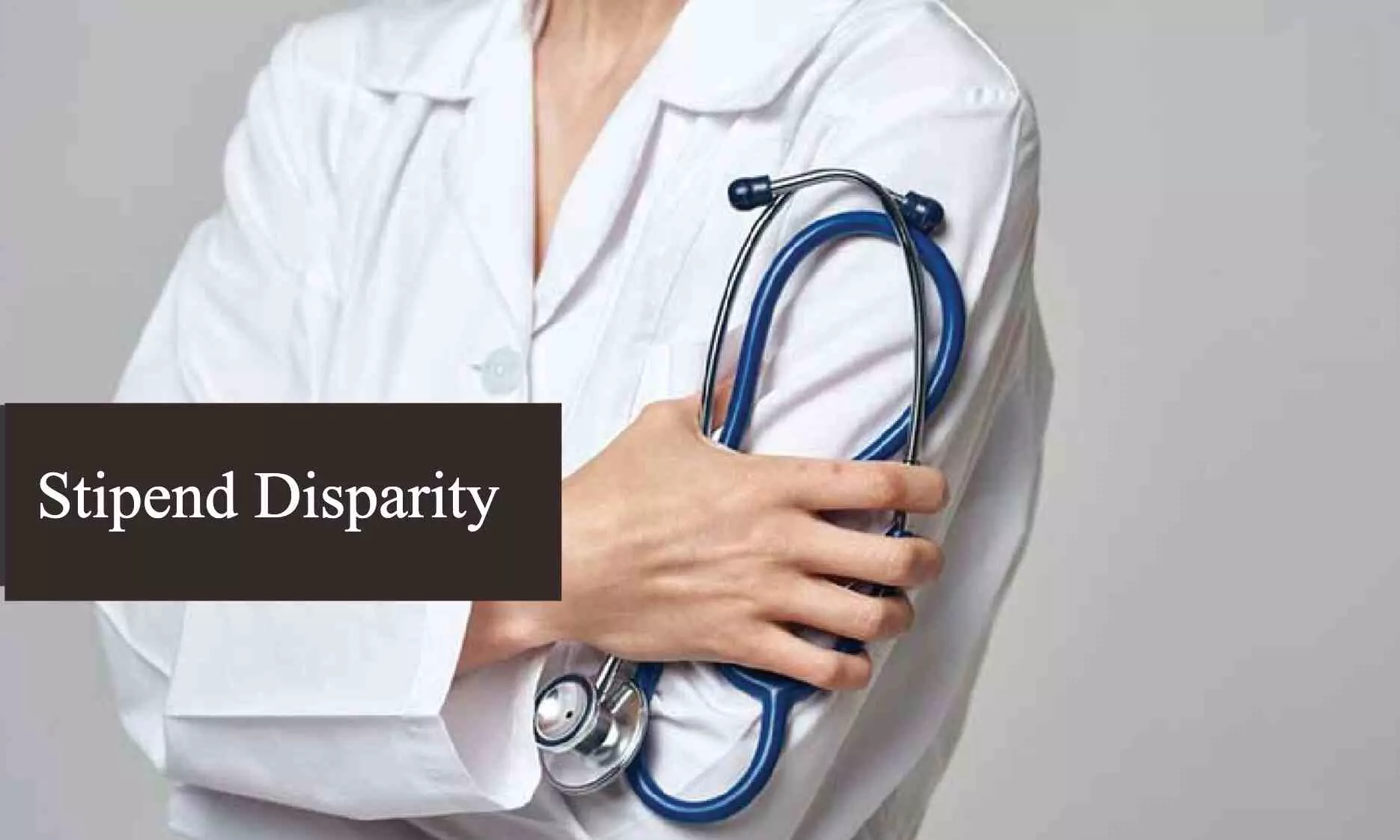
New Delhi: Despite the National Medical Commission’s directive to implement a uniform stipend, there is still a glaring disparity of stipend paid to resident doctors in a specific State/UT or all across the country.
The existing disparity in the stipend amount came to light as the NMC released the data regarding the students admitted through the National Eligibility-and-Entrance Test Postgraduate (NEET-PG) examination 2023, which is available on the official website of the Commission.
As per the data, the disparity in the amount of stipend paid to Junior Resident Doctors across the institutes in a State and also across the country still exists.
While the workload for the resident doctors is almost similar across all the medical institutes in India, they are paid any amount ranging from Rs 15,000 (Karnataka) per month to Rs Rs 125000 (Delhi) per month as their stipend.
The NMC data revealed that the resident doctors who are being paid the least (Rs 25,000 or less) are pursuing their PG medical education in States like Karnataka, Punjab, Uttar Pradesh, and Rajasthan.
Karnataka-based Dr BR Ambedkar Medical College (Bangalore) pays the lowest stipend across the country to its resident doctors. Doctors who are enrolled at the institute for their PG medical courses and are pursuing MD/MS in Anaesthesiology, Dermatology, Venereology & Leprosy, General Medicine, Ophthalmology, Paediatrics, Pathology, Radiology, Community Medicine, ENT, General Surgery, Obstetrics and Gynaecology are getting a monthly stipend of Rs 15,000 per month.
Apart from this, the lowest amount is paid to the resident doctors in Punjab’s Bhatinda-based Adesh Institute of Medical Sciences & Research, where the residents are getting Rs 15,600 per month as stipend.
Karnataka’s Bangalore-based East Point College of Medical Sciences & Research and Centre and Rajasthan’s Bedwas-based American International Institute of Medical Sciences, Bedwas are paying Rs 20,000 as the monthly stipend to its residents. A similar amount is being paid to the residents at Lucknow-based Prasad Institute of Medical Sciences.
Further, the resident doctors at Varanasi-based Heritage Institute of Medical Sciences are getting Rs 21,000 as their monthly stipend, while the residents pursuing their postgraduation at Ananta Institute of Medical Sciences & Research Centre are being paid Rs 25,000 as their monthly stipend. In the case of Telangana’s Vinayaka Missions Kirupananda Variyar Medical College, only the students pursuing MD Pathology are getting Rs 25,000 as their monthly stipend.
Also Read: Rs 14,000 to Rs 1,20,000 Stipend: Glaring disparities in stipend paid to PG medicos In India
In terms of the highest amount of stipend, Delhi-based Army Hospital Research & Referral pays its resident doctors the most among the medical institutes across the country. PG medical students pursuing MD Microbiology are paid Rs 125000 per month as a stipend. MD Anaesthesiology residents get Rs 1,20,000 per month, MD/MS Ophthalmology, MD Paediatrics, and MS ENT residents get Rs 1,23,994 per month, revealed the NMC data.
Apart from this institute, several other medical colleges based in Delhi pay a huge stipend to their resident doctors. Delhi-based Atal Bihari Vajpayee Institute of Medical Sciences pays Rs 120965 to its resident doctors. The resident doctors at ESI-PGIMSR, ESI-Hospital, Basaidarapur, New Delhi get Rs 123000 as their monthly stipend.
Further, the residents at G.B. Pant Institute of Postgraduate Medical Education, Kasturba Hospital, Hindu Rao Hospital Delhi, Institute of Human Behaviour and Allied Sciences, Delhi, University College of Medical Sciences & GTB Hospital, New Delhi get Rs 120965, Rs 123946, Rs 123946, and Rs 127384 respectively. VP Chest Institute of Medical Sciences pays its resident doctors a monthly stipend ranging from Rs 1,08,799 to Rs 123946.
Stipend Disparity for Clinical Specialities:
Speciality-wise, there is a huge disparity in the amount of stipend paid to resident doctors pursuing clinical branches such as MD-General Medicine, MS- Obstetrics & Gynaecology, MS-General Surgery, MD Paediatrics, MS-Orthopaedics and non-clinical branches such as MD-Pathology, MD Microbiology etc.
MD-General Medicine:
When MD-General Medicine students are considered, they are paid most in Delhi, where they can be paid an amount ranging between Rs 56,100 to Rs 1,27,384 per month depending on the institute.
In States like Andhra Pradesh, the resident doctors may receive a monthly stipend of Rs 30,000 per month in institutes like Alluri Sitaram Raju Academy of Medical Sciences or they may get a huge amount such as Rs 80,904 at Tirupati-based Sri Venkateswara Institute of Medical Sciences.
The data revealed a stark contrast in the stipend amount paid to the MD General Medicine students in Punjab as well. While Bhatinda-based Adesh Institute of Medical Sciences & Research pays Rs 15600 to the MD General Medicine students, the residents studying the same speciality can get as much as Rs 67,968 in medical colleges like Government Medical College Patiala or Guru Govind Singh Medical College, Faridkot.
In the case of Rajasthan, the amount of stipend for MD General Medicine Students can vary from Rs 20,000/Rs 25,000 per month to Rs 78,384 per month. In Tamil Nadu, the MD General Medicine residents can be paid a monthly stipend ranging from Rs 35,000 to Rs 1,05,000 depending on the institute.
There is a huge disparity in the amount of stipend paid to the MD General Medicine students in Uttar Pradesh also, where they can get any amount ranging from Rs 20,000/Rs 21,000 per month to Rs 115916 per month.
MS-Obstetrics & Gynaecology:
Similar to MD General Medicine, the MS Obstetrics & Gynaecology students are also paid the most in Delhi. They can be paid as high as Rs 127384 at the University College of Medical Sciences, or Rs 123946 in Kasturba Hospital, Rs 123000 at ESI PGIMSR, ESI Hospital, Basaidarapur, or Rs 120965 at Atal Bihari Vajpayee Institute of Medical Sciences. However, Delhi-based Lady Hardinge Medical College pays 56100 to its MS-Ob-Gyn residents.
Students pursuing MS Obstetrics & Gynaecology face huge stipend disparity in Karnataka, where they can be paid as low as Rs 15,000/Rs 20,000/Rs 24,000 per month or a huge amount of Rs 105818 per month, depending on the institute.
In the case of Manipur, the students can get as low as Rs 50,000 per month to a huge amount of Rs 102543 per month. As per the data, the stipend disparity for MS-Ob-Gyn students is huge in Punjab as well. In the State, the students can get an amount of monthly stipend ranging from Rs 15600 to Rs 67968. In Rajasthan, the stipend range for MS-Ob-Gyn students is between Rs 20,000/Rs 25000 per month to Rs 78384 per month.
The OB-GYN students in Tamil Nadu can get an amount ranging from Rs 35,000 per month to Rs 105000 per month. In Uttar Pradesh, the stipend amount ranges from Rs 21,000/Rs 22000 to Rs 115916. However, this disparity is comparatively lower in States like Maharashtra, where the amount of stipend for MS-Ob-Gyn can range from Rs 50,000 to Rs 79698 per month.
MS-General Surgery:
MS-General Surgery medicos in Andhra Pradesh get any amount ranging from Rs 30,000 to Rs 80904 per month. In Assam, MS General Surgery students get Rs 48,000 per month. In the case of Bihar, the stipend amount ranges between Rs 60,000 per month to Rs 99,000 per month.
The amount varies from Rs 15000/24,000 per month to Rs 119800 in Karnataka and Rs 15600 per month to Rs 67968 in Punjab. There is a huge disparity in the stipend paid to MS-General Surgery in Rajasthan also, where students can get any amount ranging from Rs 20,000 to Rs 78384 per month.
In the case of Tamil Nadu, the students may get an amount ranging from Rs 35,000 per month to Rs 105000 per month and in Uttar Pradesh they can get a monthly stipend ranging from Rs 21000/Rs 22000 per month to Rs 115916 per month, depending on the institute.
MD Paediatrics:
The stipend disparity is faced by the students pursuing MD Paediatrics courses as well. In Bihar, these students can get any amount ranging from Rs 68545 to Rs 99000 per month. In Delhi, the stipend amount ranges between Rs 56100 to Rs 127384 per month, depending on the institute. However, most of the colleges in Gujarat pay Rs 84,000-Rs 85,000 as a monthly stipend to the MD Paediatrics students.
In the case of Haryana, the amount of stipend ranges between Rs 44,000 per month to Rs 115853 per month. MD Paediatrics students in Karnataka can get any amount ranging from Rs 15,000/Rs 24,000 to Rs 105818 per month and in Punjab, the stipend amount varies from Rs 15600 per month to Rs 67968 per month.
MD Paediatrics students in Rajasthan can get any amount of stipend ranging between Rs 20,000 per month to Rs 78384 per month. In Uttar Pradesh, MD Pediatrics students may get the lowest stipend of Rs 21,000 at Heritage Institute of Medical Sciences, Varanasi and they may get a huge amount of Rs 115916 at King George Medical University, Lucknow.
MS- Orthopaedics:
The PG medical students pursuing MS Orthopaedics can get a monthly stipend varying from Rs 35,000 per month to Rs 105000 per month in Tamil Nadu, depending on the institute.
In Telangana, they may get a monthly stipend starting from Rs 44075 per month to Rs 120965 per month (ESIC Hyderabad). In Uttar Pradesh, they can get any amount ranging from Rs 21,000 per month to Rs 115916 per month, depending on the institute.
Also Read: Uniform Stipend for all PG Medicos in a particular State, UT: NMC
Non-Clinical Specialities:
Just like the clinical specialities, the stipend disparity is present in the case of non-clinical specialities as well.
MD-Pathology:
MD Pathology students in Andhra Pradesh may get any amount ranging from Rs 30,000 per month to Rs 80,904 per month, depending on the institute. This stipend range varies from Rs 15,000/Rs 24,000 per month to Rs 105818 per month (ESIC, Bangalore).
In Uttar Pradesh, the amount of stipend for the MD Pathology students can be as low as Rs 21,000 per month at Heritage Institute of Medical Sciences, Varanasi or it can be Rs 115916 at KGMU, Lucknow.
MD Microbiology:
MD Microbiology students can get a monthly stipend of Rs 67968 in Punjab. In Rajasthan, the amount of stipend for the MD Microbiology students may vary from Rs 55200 to Rs 78384, depending on the institute.
The MD Microbiology students in Tamil Nadu may get a monthly stipend varying from Rs 30,000 per month to Rs 105000 per month (ESIC, Chennai). UP-based institutes pay the microbiology students a monthly stipend ranging between Rs 10,000 per month ( T S Misra Medical College & Hospital, Amusi) to Rs 115916 per month (KGMU, Lucknow).
From the NMC data, it is clear that there still exists a stark contrast in the amount of stipend paid to the resident doctors in a particular State/UT or in the institutes across the country.
Meanwhile recently releasing the final Post-Graduate Medical Education Regulations, 2023 (PGMER 2023), which were published in the official Gazette on 29.12.2023, the National Medical Commission (NMC) introduced uniformity in the amount of stipend paid to the PG medicos in a particular State/UT.
The Commission specified that the PG medicos who are pursuing degree, diploma or super-speciality courses should be paid a stipend at par with the stipend being paid to the PG students of Government institutes, in that particular State/UT.
Medical Dialogues had been reporting about the complaints from MBBS interns and resident doctors alleging that they were not receiving stipends or receiving a meagre amount despite working in the hospitals round the clock. These complaints mainly come from medical students belonging to the private medical colleges.
Recently, the NMC asked the medical colleges to submit the details of the stipend paid to their UG Interns, Post-Graduate Residents, and Senior Residents or PGs in Super Specialty for the financial year 2023-24 by 23rd April 2024. NMC asked the medical colleges to submit the details of their name and address, the amount of stipend paid by the State Government, and the month-wise details of the stipend paid to the MBBS interns, 1st/2nd/3rd-year Post-Graduate Residents, and 1st/2nd/3rd-year Senior Residents or PGs in Super Specialty for the academic year 2023-2024.
Also Read: Doctors laud NMC move seeking stipend details from medical colleges
